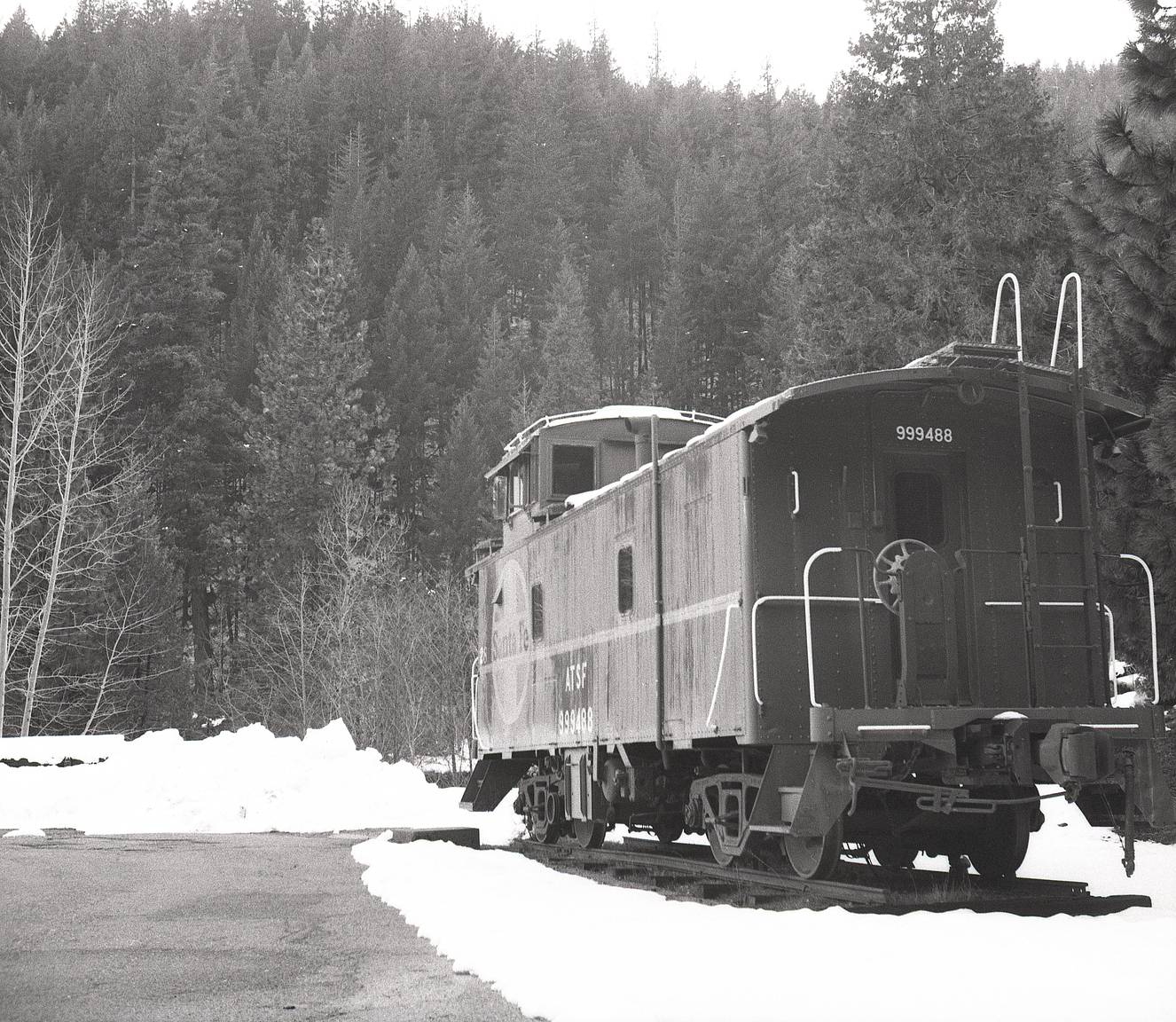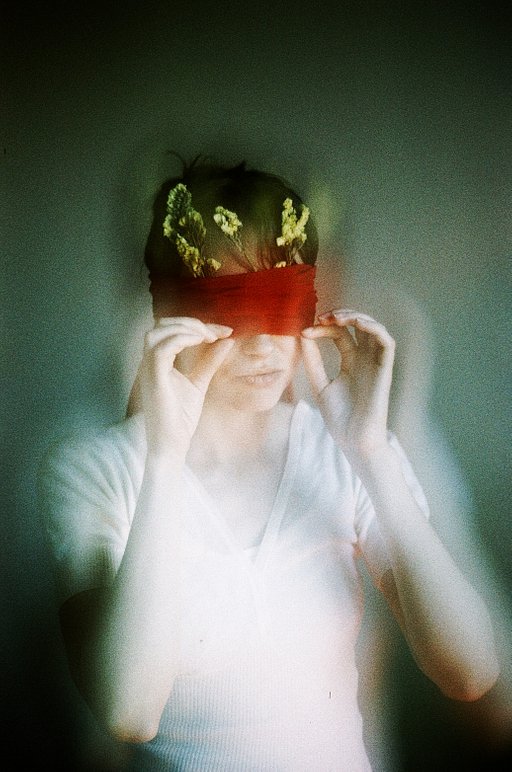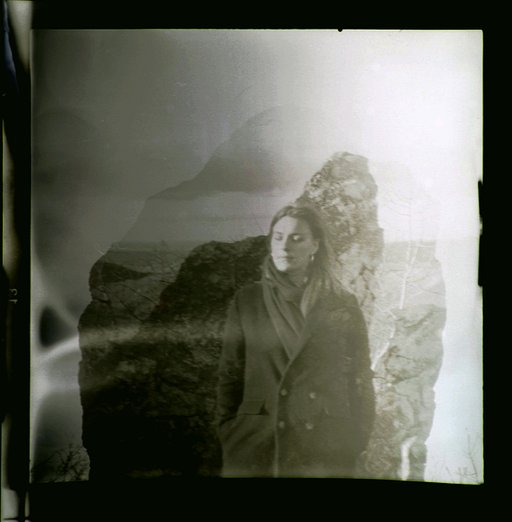Experiments with Film: Reticulation
12 Share TweetChange the grain texture of your film during hand processing. This requires a darkroom, chemicals and the ability to control temperature during development.
Change the texture of your film grain during developing to achieve interesting results! Exposing film to hot and then cold during the developing process will make the grain in your film bunch up – an effect called reticulation.

Difficulty: Hard
You will need:
- darkroom or changing bag to load film onto a reel
- development tank
- graduated cylinder and a lark sink of bucket to put water in
- developer, stop bath, fixer and hypo-clear for developing black and white film
- basic film developing knowledge
Step 1:
Obtain a shot role of 35mm black and white film. You can use 120 or large format, but 35mm will have the most pronounced grain without having to make huge enlargements. If you shoot 120, be prepared to crop or print bigger than 11×14 to see the effects.
Step 2:
Use a bath to heat your developer. Aim for at least 10 degrees higher than the recommended developing temperature. I used D76 heated to 85 degrees. Develop. Keep in mind that your development time will be shorter.
Step 3:
Use a bath to cool your stop bath solution. I cooled mine to below 55 degrees (the thermometer didn’t go any lower). Use the temp that cold water comes out of the tap.
Step 4:
Fix and finish your film development process as usual.
Now scan/print your film to see the grain! Here is a close up example.

The entire roll of film has a vintage, strange look from the way the silver has clumped up to create bubbles of grain.
Enjoy!
written by kellysamuelson on 2012-02-15 #gear #tutorials #grain #silver #lab-rat #tipster #black-and-white-film #development #reticulation #film-processing #hand-processing #abuse-film




















No Comments